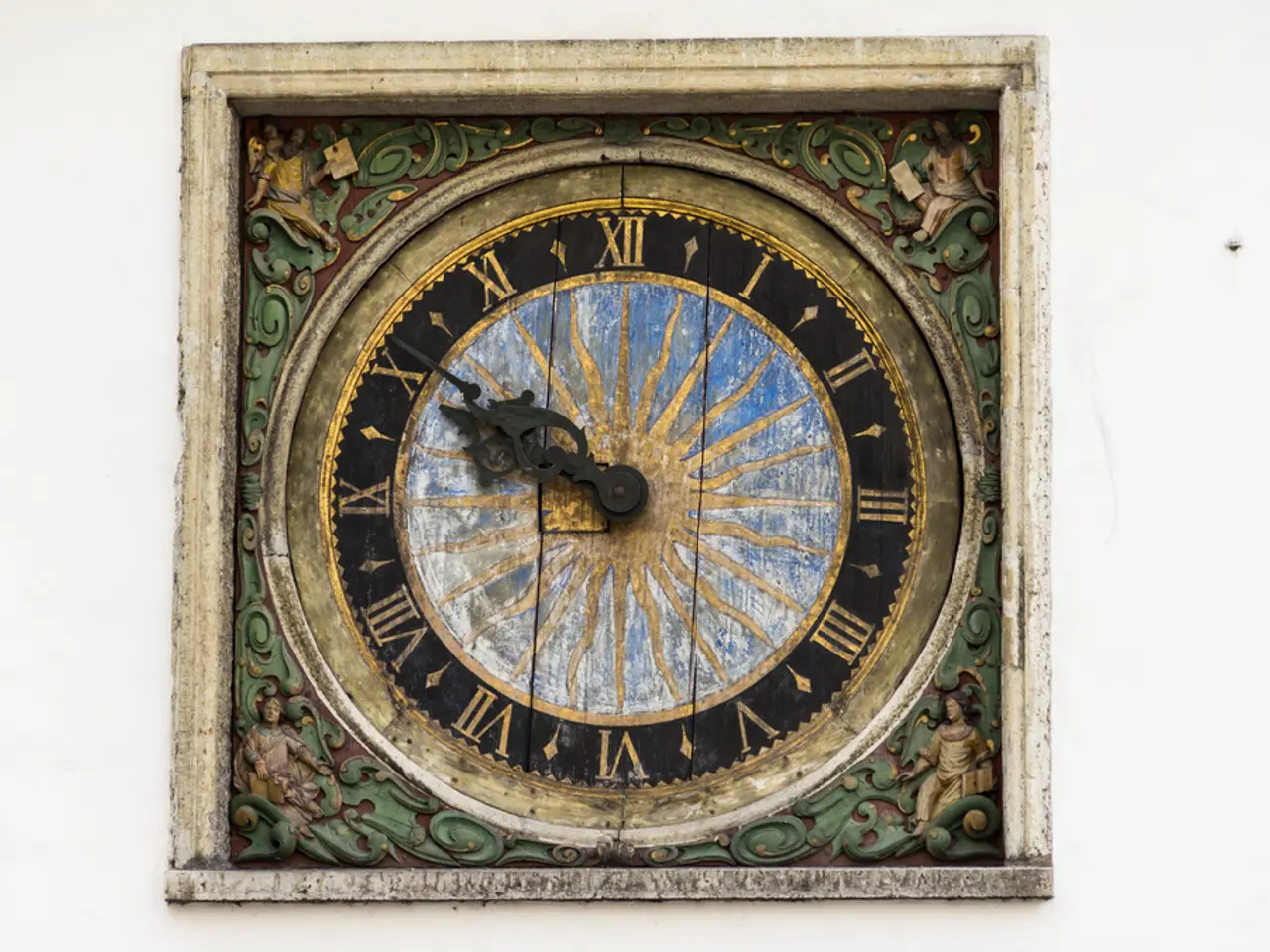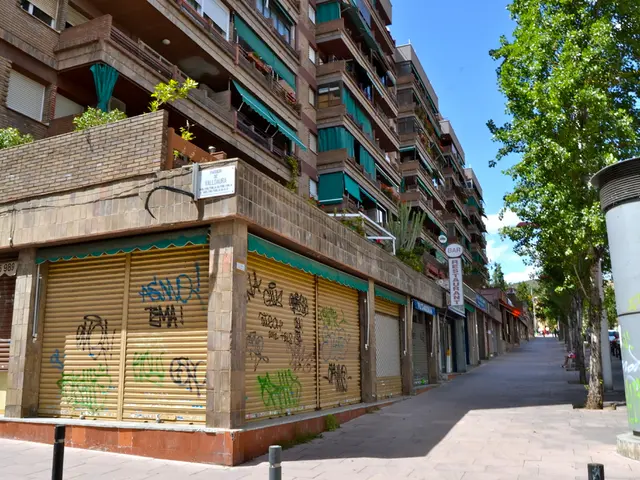Factors Influencing the Valuation of Antique and Vintage Clocks
In the world of antique and vintage clocks, several key factors play a significant role in determining their value. Here's a breakdown of the most important factors to consider when buying or selling such timepieces.
First and foremost, the state of preservation and originality of the clock is the single most important determinant of its value. Clocks that retain their original movement, dial, case, and details without significant replacement parts or modern repairs are highly prized by collectors.
The maker and provenance of the clock is another crucial factor. Well-known or documented makers typically command higher prices. For instance, tavern clocks by P Lloyd of Bristol or Burtt Wade of London have specific market recognition and can achieve notable hammer prices at auction.
Condition and cosmetic touch-ups also play a role in a clock's value. Minor cosmetic touch-ups that do not alter or disguise original features generally do not reduce value, but more extensive restorations or case modifications can lower it considerably. Authenticity is carefully checked, including signs of plugged holes, reproduction parts, or oxidized new work that may risk the perception of replacements or alterations, which impact value negatively.
Working condition and maintenance are also important considerations. Clocks that are operational or have recently undergone professional servicing are more valuable. Since antique clock movements are complex and time-consuming to maintain, skilled repairs add to upkeep cost but also help retain market value.
Rarity and historical significance can also drive up a clock's value. Unique or rare models or those with historical importance associated with certain clockmakers or regions tend to fetch higher prices.
Market conditions and auction results also have a significant impact on a clock's value. Recent auction prices provide a benchmark for current valuation. For example, hammer prices vary widely but show a pattern of premium paid for authenticity and originality in 2024 and 2025 auctions.
In summary, the most critical factor is the clock’s originality and state of preservation, followed by recognized maker, condition, and market demand. Minor cosmetic touch-ups maintaining authenticity are typically acceptable and don’t reduce value significantly, while any substantial alteration or replacement parts tend to lower price.
When it comes to specific types of clocks, weight-driven clocks are generally more desirable than spring-driven clocks. However, the value of modern weight-driven grandfather clocks has plummeted in recent years. Age does not always equate to a higher price; a clock that is 170 years old is not necessarily worth more than one that is 50 years old. Any clock that has had its mechanical movement replaced with a quartz one is worthless.
The value of a clock can also be influenced by its rarity. For example, an interesting example is a 30-hour ogee clock, whose price dropped significantly when the internet came along due to increased supply. A clock with a replacement movement is termed a marriage by collectors and is worth far less than an authentic clock. Running clocks are worth more than non-running clocks. The same clock may be worth more than others that are the same or similar if it has special provenance.
To stay updated on the latest posts about antique and vintage clocks, consider subscribing to our source, which will provide you with the latest posts via email. This article provides examples of antique shops on Vancouver Island, British Columbia, Canada, but does not mention any specific clocks that were bought during the trip or any specific social media platforms for sharing the content.
In conclusion, understanding these key factors can help you make informed decisions when buying or selling antique or vintage clocks. Always remember that the most critical factor is the clock’s originality and state of preservation, followed by recognized maker, condition, and market demand.
- Mantel clocks and wall clocks are not solely for the die-hard clock enthusiasts, but they serve as exceptional decorative pieces in a lifestyle context, adding charm to home-and-garden settings.
- Despite the declining value of modern weight-driven grandfather clocks, the charm of vintage clocks prevents them from fading away, making them a sought-after item in the fashion-and-beauty realm.
- For the clock fanatics who venture out into the world exploring different cultures, unique vintage clocks can be fascinating souvenirs from travel experiences to cherish.
- Pets, as beloved companions, can sometimes cause damage to delicate or intricate parts of antique wall clocks, reducing their value.
- The hours spent on food-and-drink preparation can be meticulously monitored with antique mantel clocks, enhancing the enjoyment of wholesome relationships and meals.
- Combining the love for both cars and collectible items, car aficionados may also delight in owning antique car dashboard clocks that exhibit elegance and historical significance.
- When planning a shopping spree, adding antique or vintage clocks to the list of fashion-and-beauty, food-and-drink, home-and-garden, or even pet accessories is one way of expressing an eccentric, well-rounded lifestyle.








